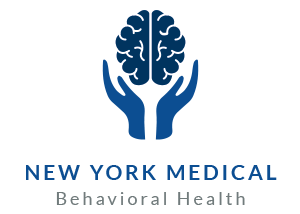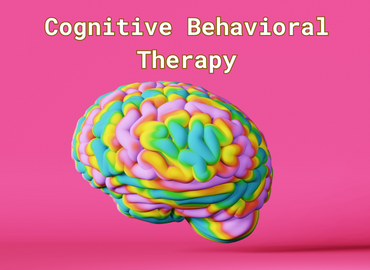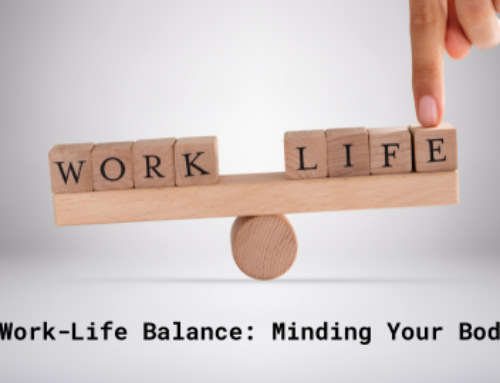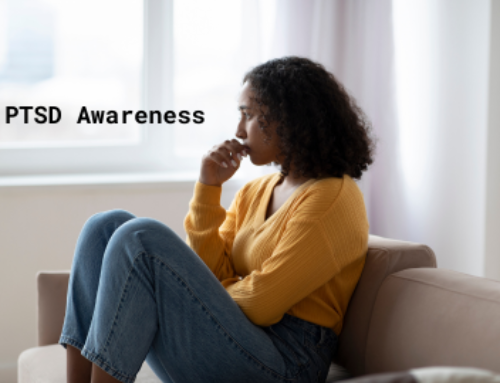Cognitive Behavioral Therapy
CBT stands for cognitive behavioral therapy. CBT is an offshoot of talk therapy designed to help manage and reduce problems by changing the way we think and thus changing the way we act. It uses metacognition (awareness of our own thought processes) to encourage organic neuromodulation (changing the brain’s pathways for positive effect).
CBT takes a holistic view of the mind and body, connecting one’s emotions, actions, thoughts, physical sensations, and behaviors together. The Substance Abuse and Mental Health Services Administration (SAMHSA) puts forth CBT as one way to effectively treat issues like:
− Depressive conditions like major depressive disorder (MDD)
− Panic disorders
− Anxiety-related disorders like generalized anxiety disorder (GA)
− Obsessive-compulsive disorder (OCD)
− Bipolar disorder (BD) spectrum
− Borderline personality disorder (BPD)
− Substance abuse
− Eating disorders
− Post-traumatic stress disorder (PTSD)
CBT is for patients of all ages. Anyone can benefit from identifying, analyzing, and modifying problematic thought processes. CBT for children aims to teach the child valuable thought techniques that will empower them for future challenges.
CBT breaks down problems affecting one’s daily life by breaking them down. The patient and their therapist work closely together during cognitive behavioral therapy. It is crucial for the patient to work with a therapist they are comfortable with who provides a positive environment and helps the patient make progress. Journaling is an excellent way to track progress, identify patterns, and retain information.
An important difference between CBT and other talk-based therapy methods is that CBT is concerned with one’s present issues and does not focus on the past more than necessary. CBT seeks actionable ways to improve one’s life on a day-to-day basis. A simple mnemonic of CBT is three C’s. The first C is “catching,” where the patient catches thoughts and impulses that are tied to unproductive thought patterns. The next C is “checking,” where the patient checks their thoughts where they think about alternate options and/or explanations. The third C is “changing,” where the patient changes their thought processes to produce responses to stimuli that will make the situation better, not entrench them further into thought habits that will harm them.
CBT works well with other modes of treating disorders such as anxiety and depression, modes like medication and transcranial magnetic stimulation (TMS). Cognitive behavioral therapy doesn’t have to take a long time in or out of the therapist’s office, and it can be pursued in other formats like support
groups. CBT can be used by the patient on their own time after therapy has ended and lets them direct their progress. Cognitively, CBT is not suitable for everyone, and it can be very difficult for the patient to face down one’s vulnerabilities. Remote access to therapists has done much to make CBT more available to people who cannot get to a therapist’s office.
Contact us at (585) 442-6960 or by writing to us on our website anytime.





